13 Jul Children Injured on School Property
It can be very upsetting for parents when a child is injured at school or during a school event. Even if it seems obvious to the parents that the school is responsible for the injury, the court must look at the facts of each case in order to determine if the duty of care has been met.
The law that determines whether or not a school has discharged its duty is the Occupiers Liability Act, R.S.B.C. 1996, c. 337. This Act states:
3(1) An occupier of premises owes a duty to take that care that in all the circumstances of the case is reasonable to see that a person, and the person’s property, on the premises, and property on the premises of a person, whether or not that person personally enters on the premises, will be reasonably safe in using the premises.
| In the case of Paquette v. School District No. 36 (Surrey), 2014 BCCA 456, a 12 year old Plaintiff suffered injuries after a fall from the roof of an elementary school. The Plaintiff, along with a classmate, climbed a cherry tree and from one of the branches climbed onto the school roof. This occurred after school had ended for the day and when there was no supervision of the playground or outer areas of the school. The school board was aware young people had previously used overhanging trees to climb onto the roof.
Before beginning an analysis of the case, the Judge summarized the guiding legal principles: 1. An occupier is not held to a standard of perfection and is not an insurer against any possible risk of harm; 2. The test is whether the defendant’s actions were reasonable in all the circumstances. The test is not whether anything at all could have been done to prevent injury but whether the defendant’s actions were reasonable in all the circumstances; and 3. The general class or nature of the harm suffered in the circumstances must have been reasonably foreseeable, although the exact type of injury suffered need not have been foreseen. The Judge had to decide if it was reasonable in all the circumstances for the school to allow the cherry tree to be in close proximity to the roof. In the Judge’s analysis, she noted that children act impulsively, with little forethought about the consequences of their actions and with limited insight. However, the Judge was not suggesting that the inherent nature of childhood means an occupier is liable for anything that a child might do. She stressed that each case must be assessed in context, reviewing all the circumstances. The Judge decided that given the circumstances at this particular school, a reasonable person would foresee that the cherry tree (or any other tree in similar proximity to the school roof) might be used by children to climb onto the roof. The Plaintiff was found to be contributorily negligent for climbing onto the roof knowing it might be dangerous to do so. Liability was apportioned at 25% to the Plaintiff and 75% to the school board. The school board’s appeal of this decision was dismissed. |


